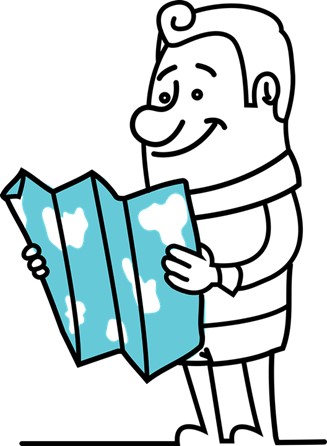
What Are Employee Learning Journeys?
Employee learning journeys are explicit learning paths that include a series of different learning experiences that occur over a period of time, involve different methods and delivery modalities, and result in new knowledge, skills, attitudes, or behaviors once the journey is complete. To design effective employee learning journeys as part of your corporate training strategy, it requires thoughtful planning and execution.
While no two Employee Learning Journeys are alike, the best ones are designed and tailored for each specific employee considering their role in the company, their strengths and weaknesses, their career aspirations, and their preferred learning mode.
In essence, a learning journey should tap into employees’ intrinsic desire to learn and grow and offer employees their best opportunities for personal career success and organizational business impact.
10 Learning Journey Factors to Set the Stage
We believe that employee learning experiences should be designed as thoughtfully as customer experiences. To design effective employee learning journeys, instructional designers first need to be clear on ten factors with their key stakeholders to accelerate and support change:
A Note about Employee Personas
Employee personas represent specific employee segments based upon predetermined demographics such as location, function, title, role, span of control, tenure, experience, goals, pain points, and needs. While it is tempting to try to be all things to all employees, typically, 4 to 7 well designed employee personas can adequately cover the majority of your target learners.
A Note about Timing
Learning is most effective if it can be practiced and applied quickly and on-the-job. Rather than allow the learning to lapse and be forgotten, the point is to help employees perform better when they need the new skills most. Employee Learning Journeys should harmonize with the workflow and be integrated into the day-to-day demands of the business.
Design learning events to support the work calendar, not the other way around.
4 Proven Steps to Design Effective Employee Learning Journeys
Once the ten learning journey factors have been agreed to with your key stakeholders, follow this proven 4-step approach:
The Bottom Line
Research tells us that, when employees are learning skills that are closely connected to their daily work, their motivation and performance increases. The better your learning team can tailor the timing and structure of learning journeys to the needs of your organization, the better the results.
To learn more about how to take your training function to the next level, download the Top 10 Training Best Practices Not to Miss
Explore real world results for clients like you striving to create higher performance